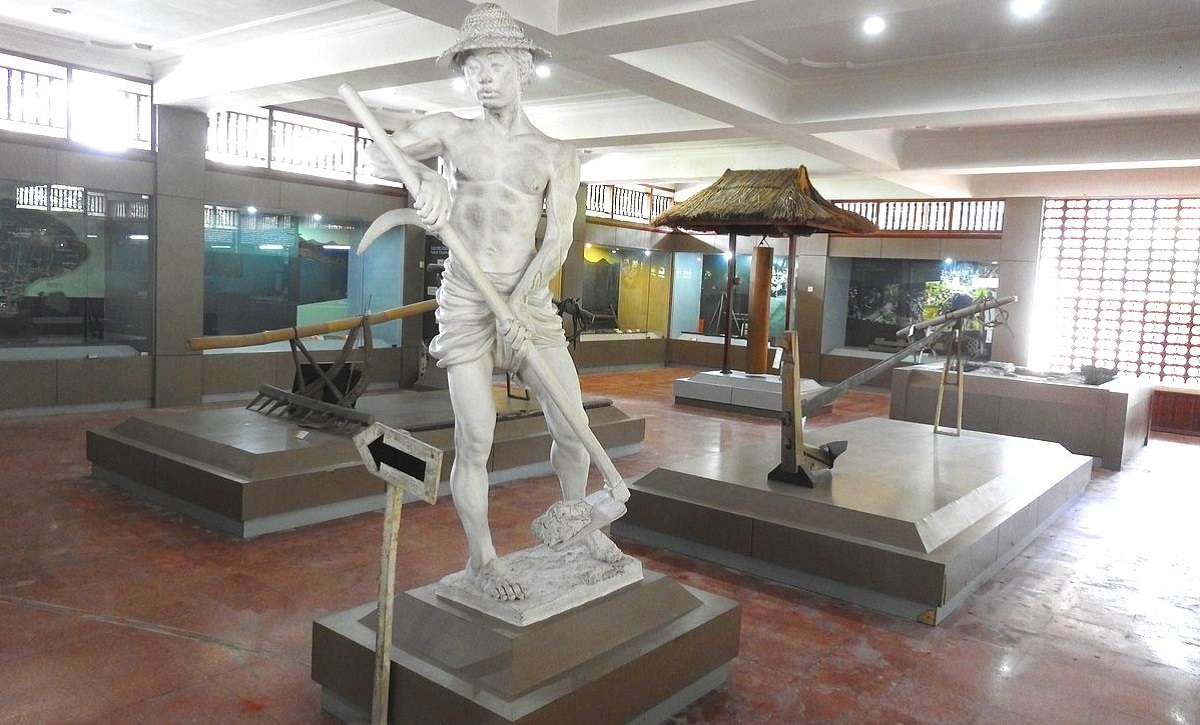BALI SUBAK MUSEUM
BALI SUBAK MUSEUM IS A BALINESE TRADITIONAL AGRICULTURE TOOLS MUSEUM

Bali Subak Museum is a place that displays traditional Balinese farming equipment and historical documentation commemorating the world-famous Subak Organization. Located in Sanggulan village, Kediri sub-district, Tabanan regency, exactly 20 km west of Denpasar, the museum is open to the public and is one of Tabanan places of interest, especially in the western part of Bali. It is strategically located in Tabanan City and close to various other tourist attractions in the area. The museum offers the experience of seeing a collection of Bali’s ancient farming tools and famous irrigation systems, such as irrigation. It is a great place for those who want to know more about the farming system in Bali, as a visit to the Bali Subak Museum will expand your knowledge of the tools and farming systems used on the island.
If you visit Subak Museum, here’s what you need to know :
- Location of Bali Subak Museum
- Bali Subak Museum History
- What to See in Bali Subak Museum
- Agricultural Film at Subak Museum
- Subak Museum Consist of Collections of Irrigation System
- Facilities at Subak Museum
Location of Bali Subak Museum
The Subak Museum is located in Sanggulan Village, Kediri District, Tabanan Regency. If you drive from Kuta or Seminyak, the journey will take about 90 minutes. Although it is a bit far, for lovers of the agricultural world, the distance is not a problem. The experience of seeing the ancient agricultural process on the island of Bali with all its uniqueness and using traditional systems can still be found here. We from Bali Driver Hire are ready to take you to explore this museum and experience the various unique traditional systems in agriculture that exist here. Our services include Bali Car Charter with affordable prices and excellent service. You will be accompanied by experienced drivers who will make your trip enjoyable. Visiting the Subak Museum is a great experience for those who want to know more about the farming system on this beautiful island of Bali.
Bali Subak Museum History
Bali’s Tabanan regency is famous for its wide rice fields and is often referred to as Bali’s rice granary. Sanggulan village was chosen as the location for the Subak Museum because of the achievements of Subak Rijasa in this district, which won the National Champion in 1979 in the Intensification Programme, making Bali proud at the national level. In addition, Tabanan district has more Subak organizations than any other district. The construction of the Subak Museum was driven by the desire of Balinese culture lovers to preserve Subak as a local cultural asset that plays a role in increasing agricultural production, especially rice and traditional irrigation systems. The system is well known overseas as it is similar to irrigation systems such as Fai in Thailand and Zangera in the Philippines, although it has different uniqueness and specifications from Subak in Bali. Subak is an organization of rice farmers who manage irrigation water from various water sources.
What to See in Bali Subak Museum
The Subak Museum has an enclosed building and an open building. The enclosed building includes exhibition stands displaying objects related to the work of farmers, an audio-visual building that tells the story of Subak activities in irrigation management, a library, and an office. Meanwhile, the open-air building is a miniature visualization of Subak, including a pond as a relocation site for irrigation and a tunnel to drain water from the pond to the relocation site. In the exhibition building, visitors can see various farmer’s tools and objects neatly arranged, ranging from tools for land clearing, irrigation making, farming, crop maintenance, harvesting, and rice making to kitchen utensils. The Subak Museum in Sanggulan village has a similar function to other museums in Bali, namely:
- As a center of inquiry and documentation related to Subak.
- As a place to channel knowledge about traditional agriculture.
- A place to introduce Balinese culture through agricultural practices.
- As a place for human self-introspection towards their relationship with nature.
- A place to reflect the history and development of peasant life in Bali.
- A place to enjoy art and culture in general related to agriculture.
The Subak Museum in Bali is indeed a very interesting museum. Located in Sanggulan village, about two kilometers east of Tabanan, the museum has exhibits depicting the history and development of Bali’s unique Subak irrigation organization. The Subak Museum is the only museum in Bali that specifically focuses on agriculture, providing all information related to agricultural life in Bali and all aspects related to these agricultural activities.
The main display at the Subak Museum is indeed a miniature Subak that illustrates the stages of Subak development, from the discovery of springs to the construction of tunnels and dams, the flow of water through tunnels and dams, and the management of water in rice fields. In addition, the museum also exhibits various agricultural tools used in Subak activities, such as cutting tools, cleaners, rice pounders, soil leveling equipment, plowing, weeding, and digging water tunnels. In addition, there are also various fish traps, tweezers to catch eels, wooden nets to catch dragonflies, and all other equipment related to Subak activities.
Agricultural Film at Subak Museum
At the Subak Museum, you can also find various short films depicting the agricultural system on the island of Bali, including the irrigation system of the various rice fields, rice planting, and rice harvesting, all of which still use traditional tools. These documentary films are available for viewing at the museum, which can add to your insight into agriculture in Bali. The Subak Museum not only provides films but also displays the process of cultivating agricultural land in the form of various activities, such as the meeting of subak members to draw up rules, the process of cultivating land, and the Thanksgiving ceremony for a good harvest. In addition, the museum also shows the various ceremonies that are commonly performed in the cultivation cycle. You can also see a miniature kitchen with traditional utensils for cooking rice, as well as a model of a traditional house based on the ancient architecture of Asta Kosali Kosali.
Subak Museum Consist of Collections of Irrigation System
For visitors who want to find out more information about Subak, the Subak Museum also has a well-stocked library with a collection of books, palm leaf manuscripts, and engraved copper plates relating to Subak. The library is ready to provide you with more in-depth information. The collection mainly focuses on the various rituals performed in each stage of the cultivation cycle, farming methods, and auspicious days to start farming activities and their taboos. In addition to collections related to Subak (irrigated rice fields), the library also provides extensive literature on Subak Abian (non-irrigated rice fields). Thus, the Subak Museum not only provides comprehensive information about Subak but also provides insights into how rice farming became an integral part of the daily life, culture, and religion of the Balinese people.
Facilities at Subak Museum
The Subak Museum in Tabanan does have comprehensive facilities to ensure a comfortable and satisfying travel experience for visitors. Spacious parking facilities make it easy for you to find a parking space without worry, while the clean and good toilet facilities will make you feel comfortable during your visit. There is also a drink shop in front of the museum to fulfill your beverage needs. Due to the beauty and uniqueness of Subak, the Subak Museum is a very pleasant place to visit. These good facilities will pamper you while you explore this unique agricultural museum, and you can increase your knowledge about agriculture on the island of Bali in more depth.

